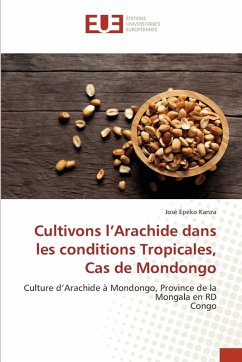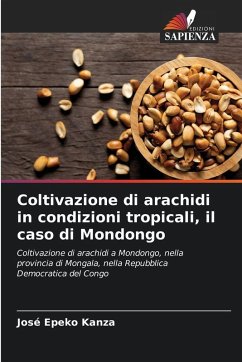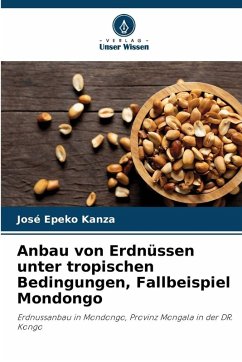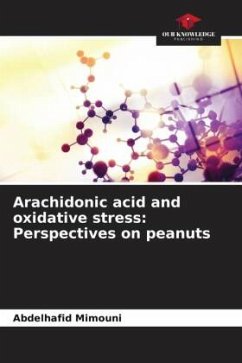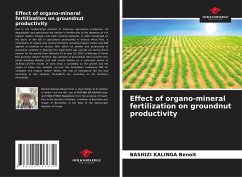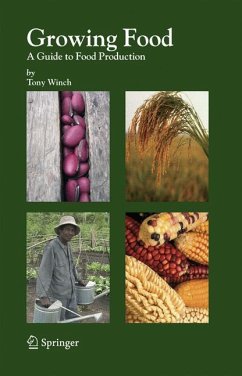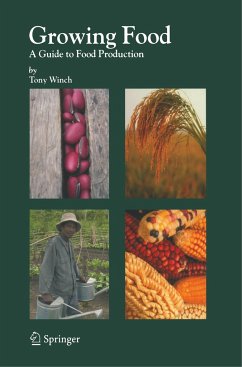
Growing peanuts in tropical conditions, Mondongo case study
Groundnut cultivation at Mondongo, Mongala Province, DR Congo
Versandkostenfrei!
Versandfertig in 6-10 Tagen
29,99 €
inkl. MwSt.

PAYBACK Punkte
15 °P sammeln!
Peanuts are the most widely cultivated oleaginous (oilseed) legume. Thanks to its high protein and oil content, it is used in both human and animal nutrition. Given that animal proteins are often a problem in developing countries, the use of legumes (soya, beans, cowpeas, Vigna, groundnuts, etc.) remains one of the solutions. The choice of groundnut is justified by the following reasons in our environment: it is more widely consumed by the population and in a variety of forms; it is easier to grow than other legumes; it keeps well, even under traditional conditions, thanks to its hulls; it can...
Peanuts are the most widely cultivated oleaginous (oilseed) legume. Thanks to its high protein and oil content, it is used in both human and animal nutrition. Given that animal proteins are often a problem in developing countries, the use of legumes (soya, beans, cowpeas, Vigna, groundnuts, etc.) remains one of the solutions. The choice of groundnut is justified by the following reasons in our environment: it is more widely consumed by the population and in a variety of forms; it is easier to grow than other legumes; it keeps well, even under traditional conditions, thanks to its hulls; it can be sold on the market very quickly and throughout the year; the process of preparing it is not time-consuming; it is a crop that restores soil fertility; it facilitates the cross-selling of other foodstuffs, including bread, bananas, avocados, chikwangue, etc. It can be grown under the same conditions as other legumes. Growers use different cultural itineraries.




